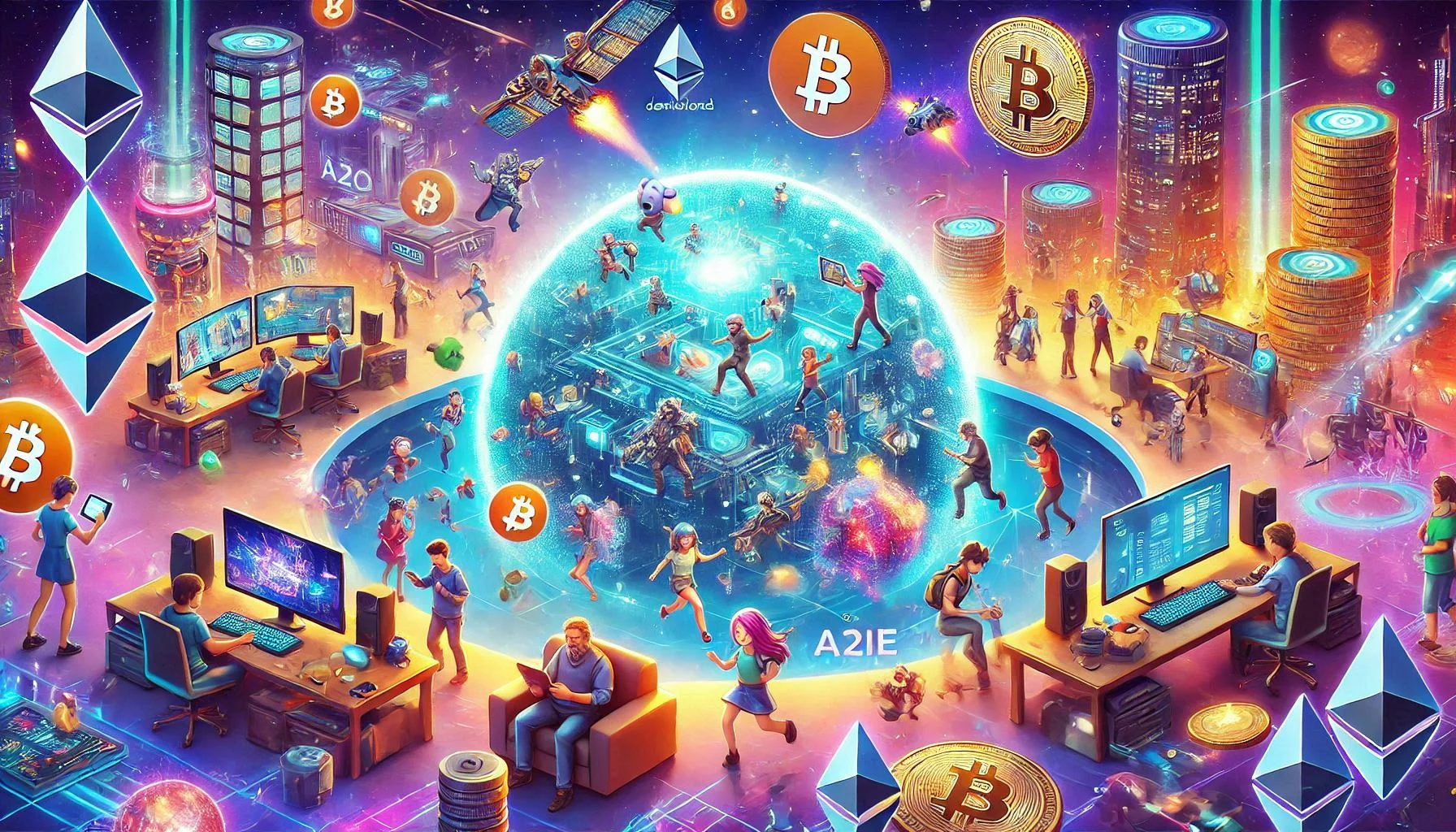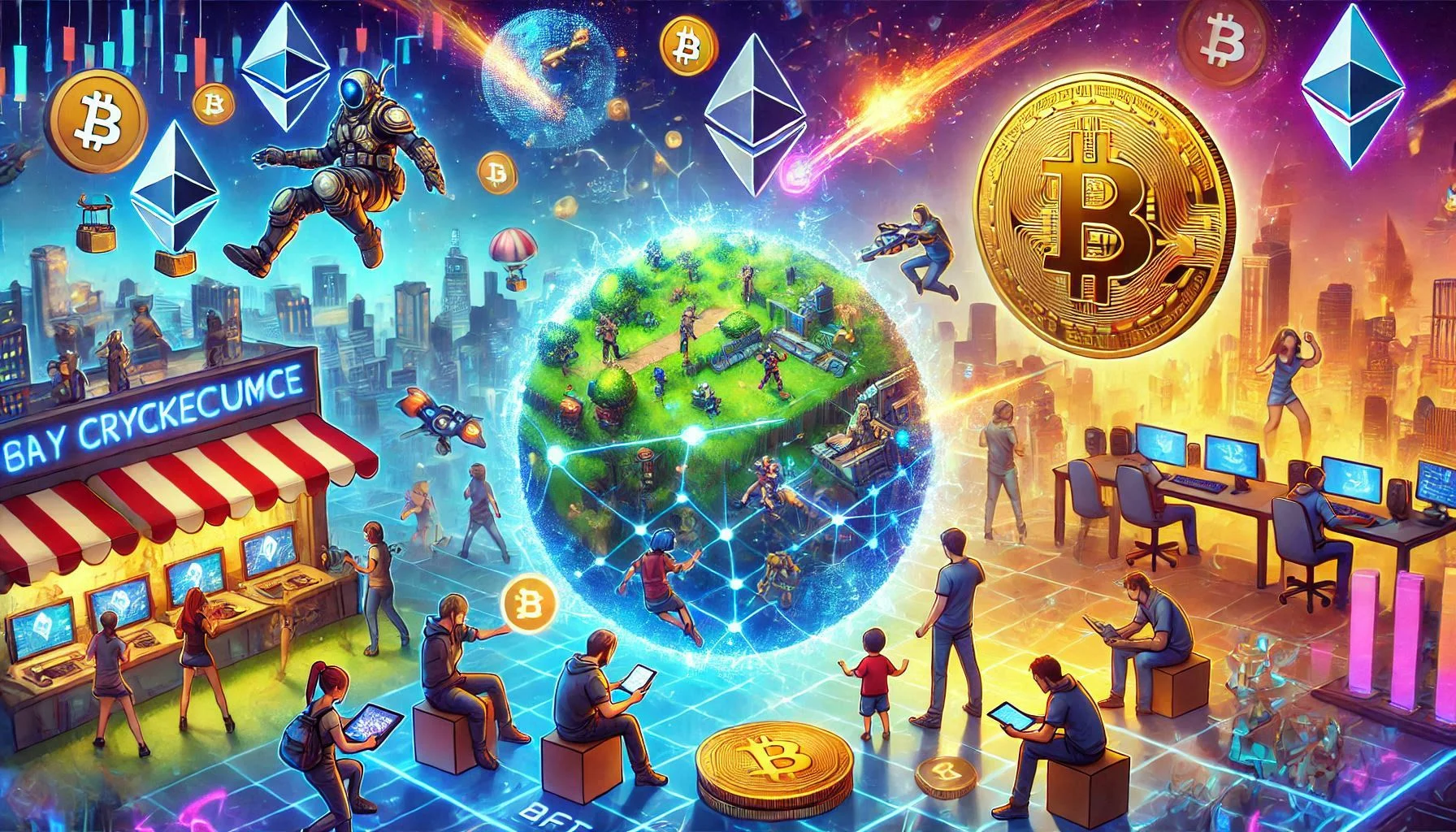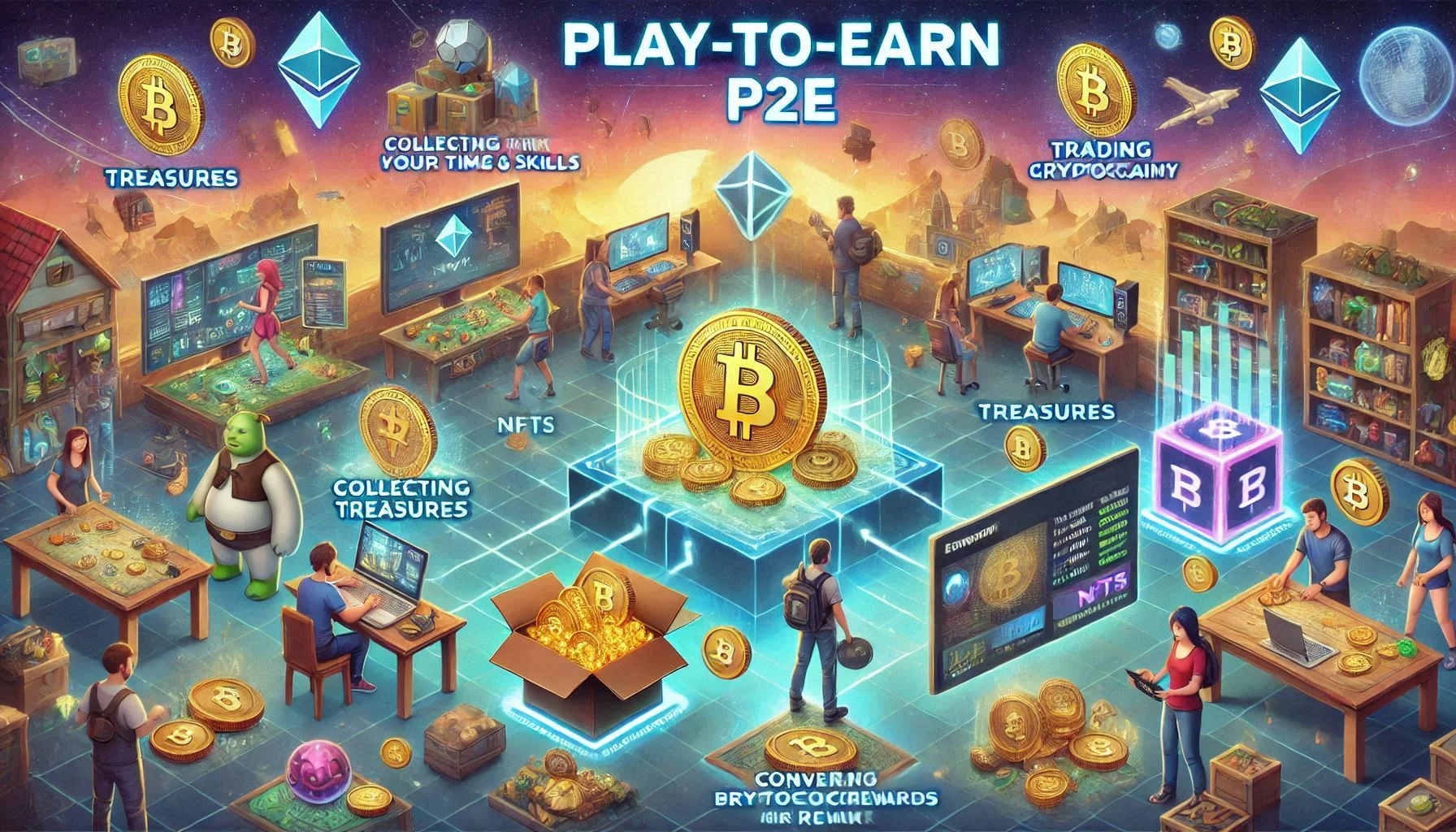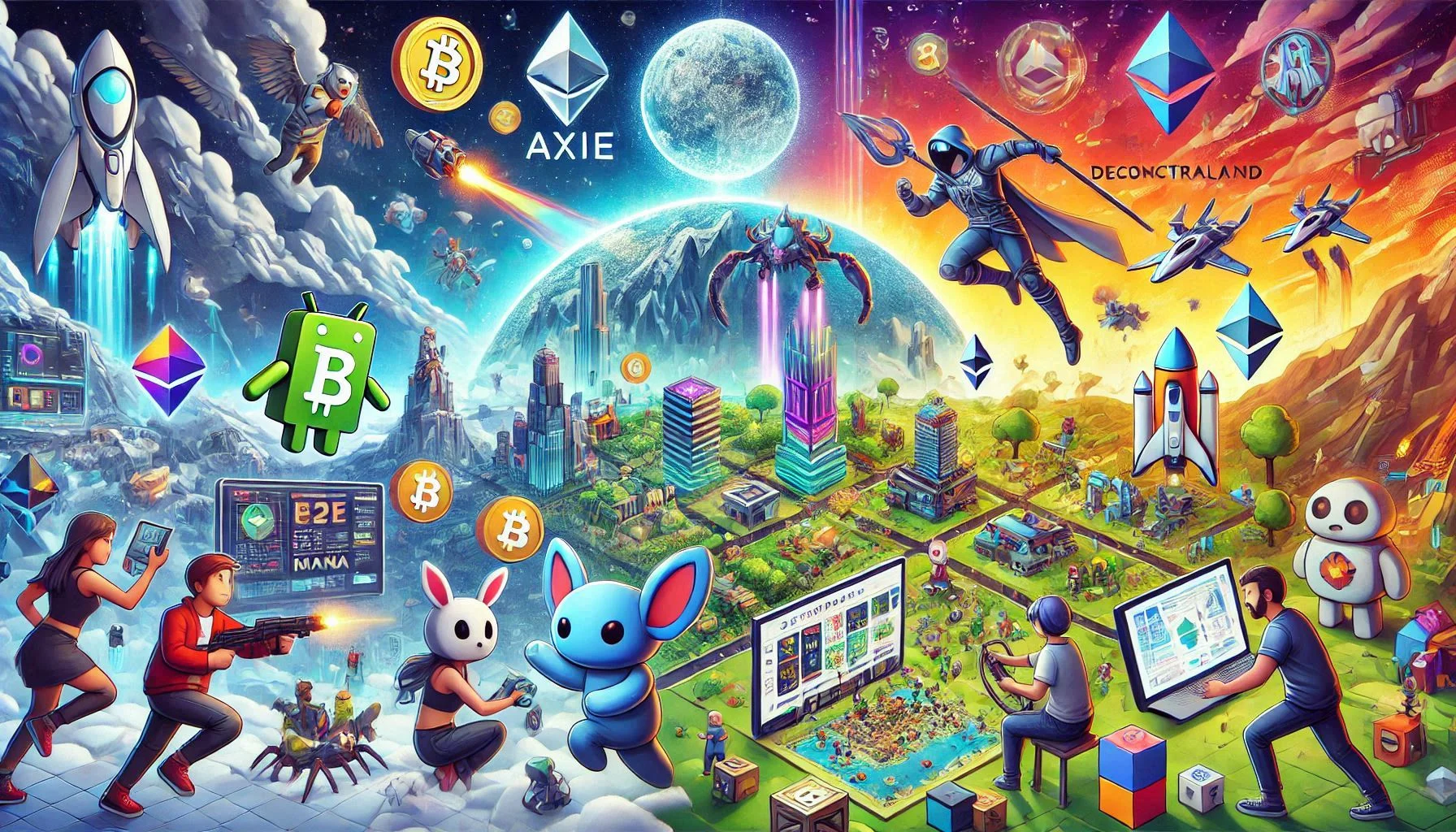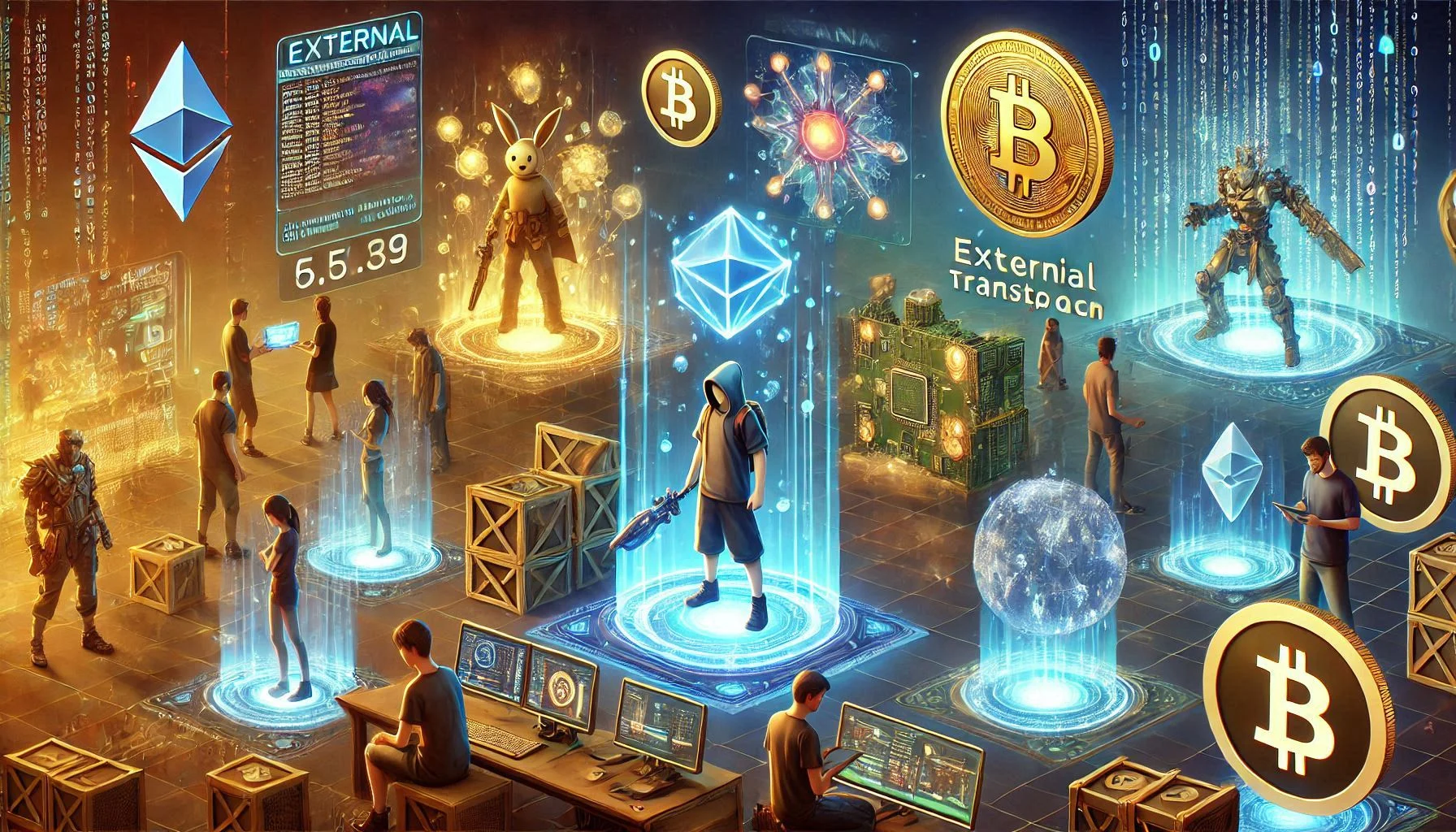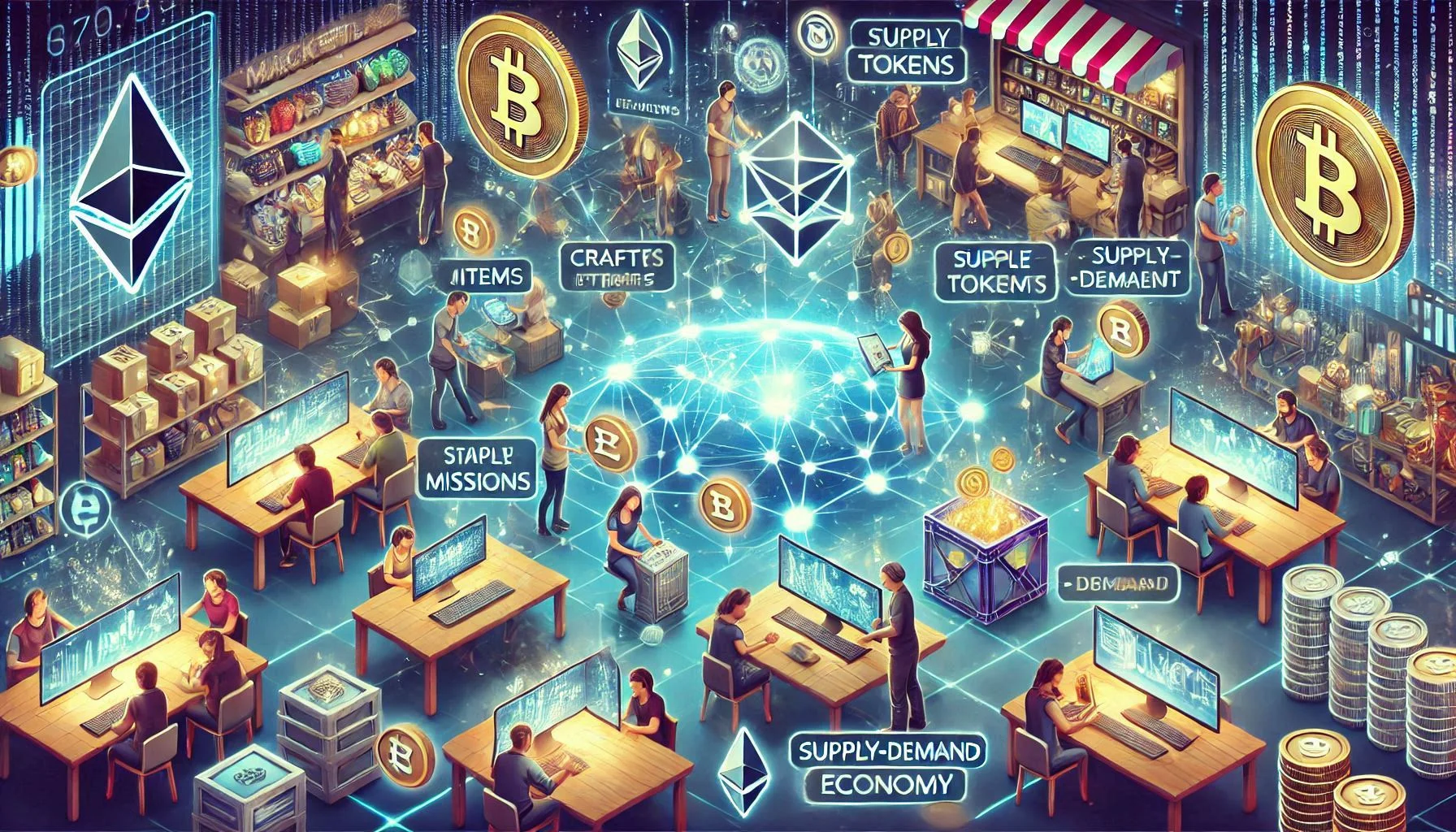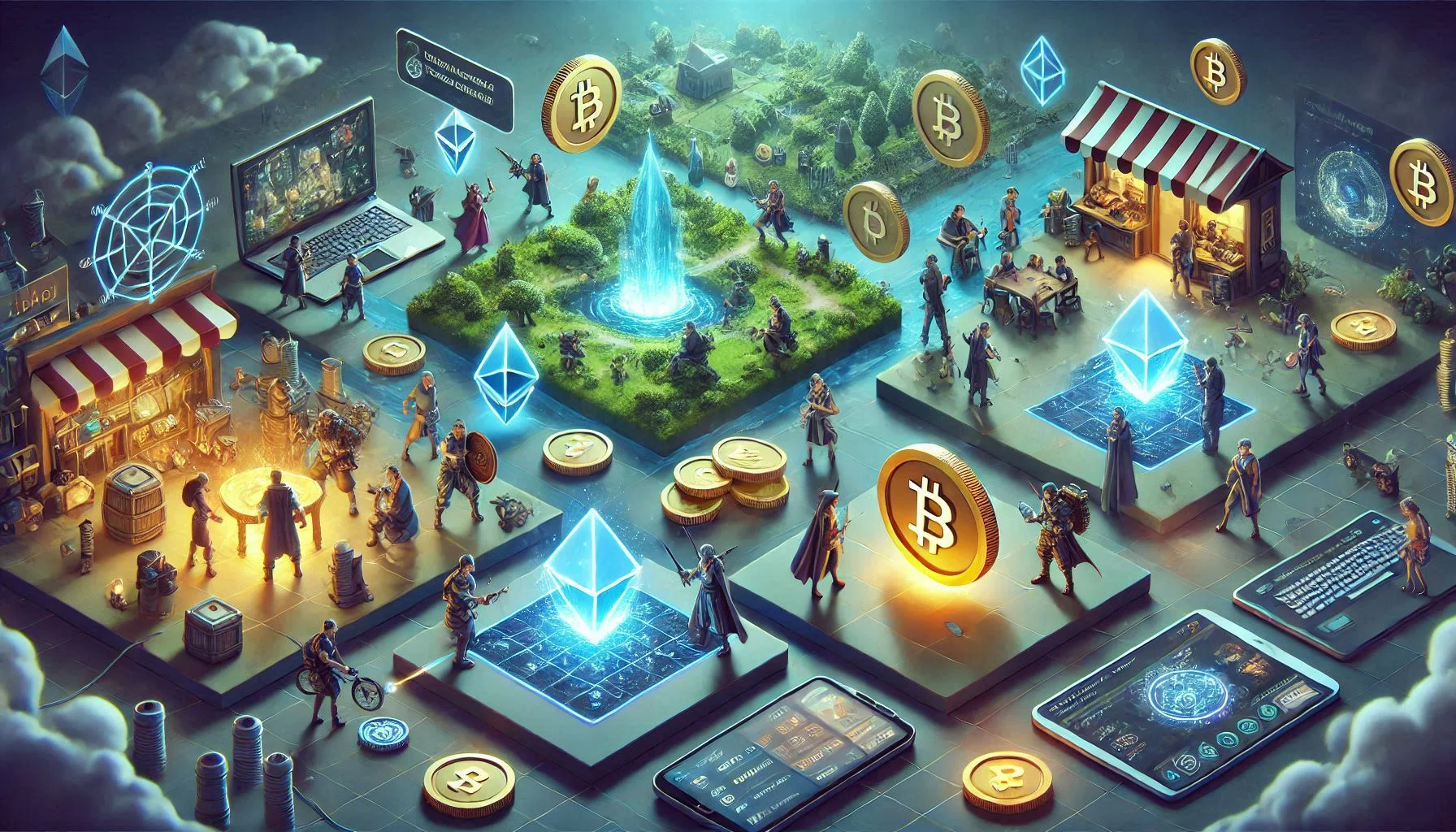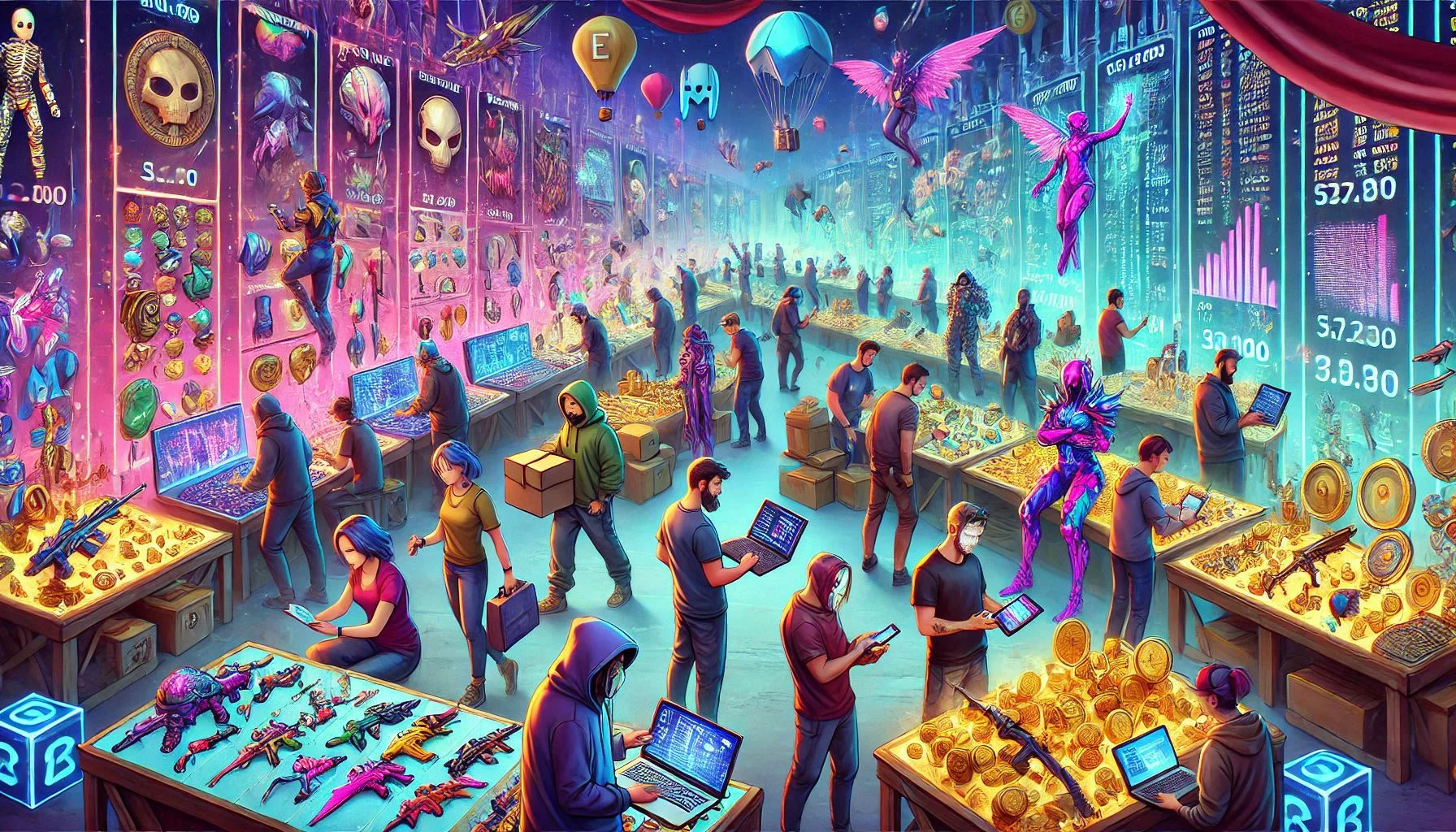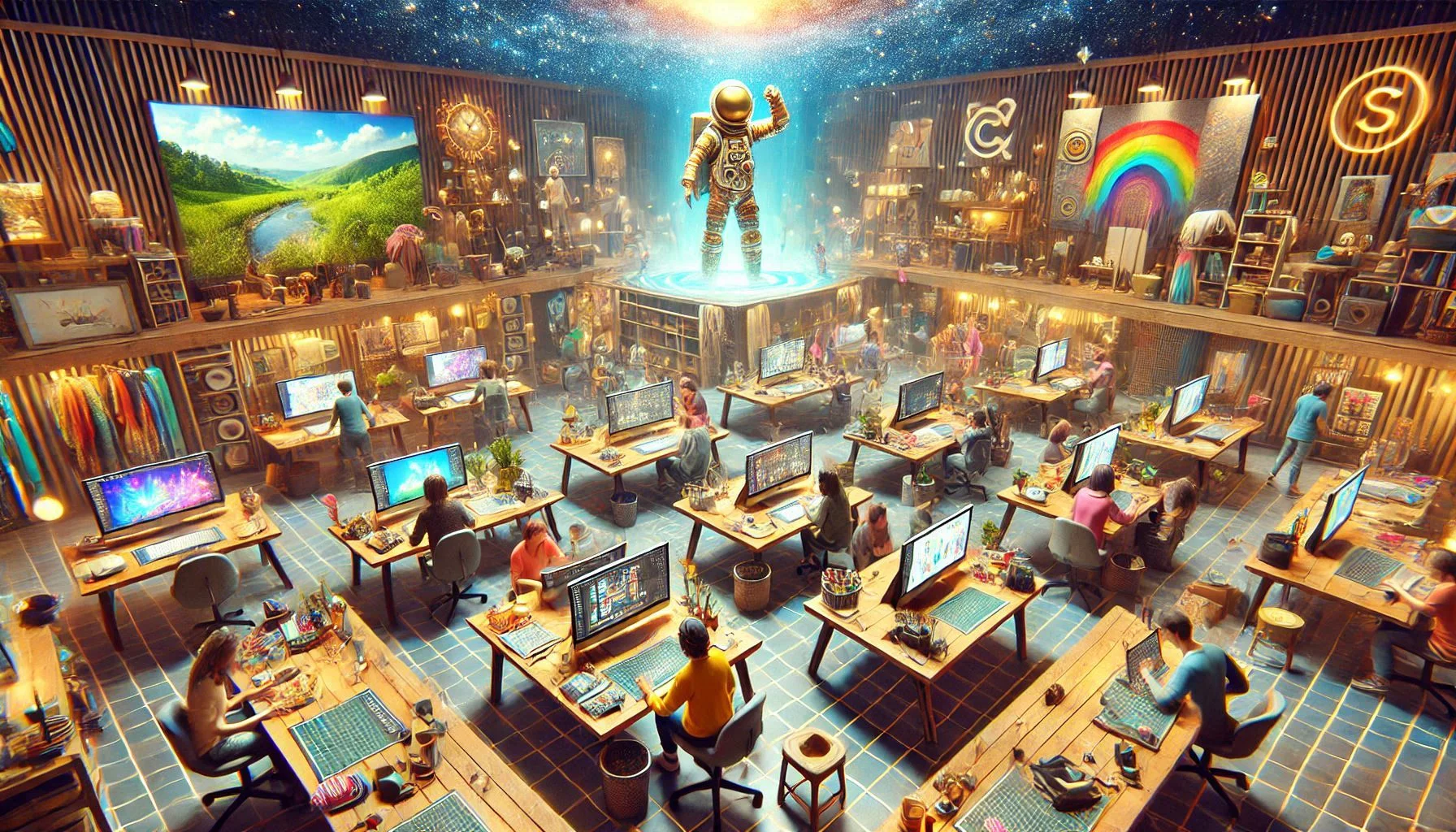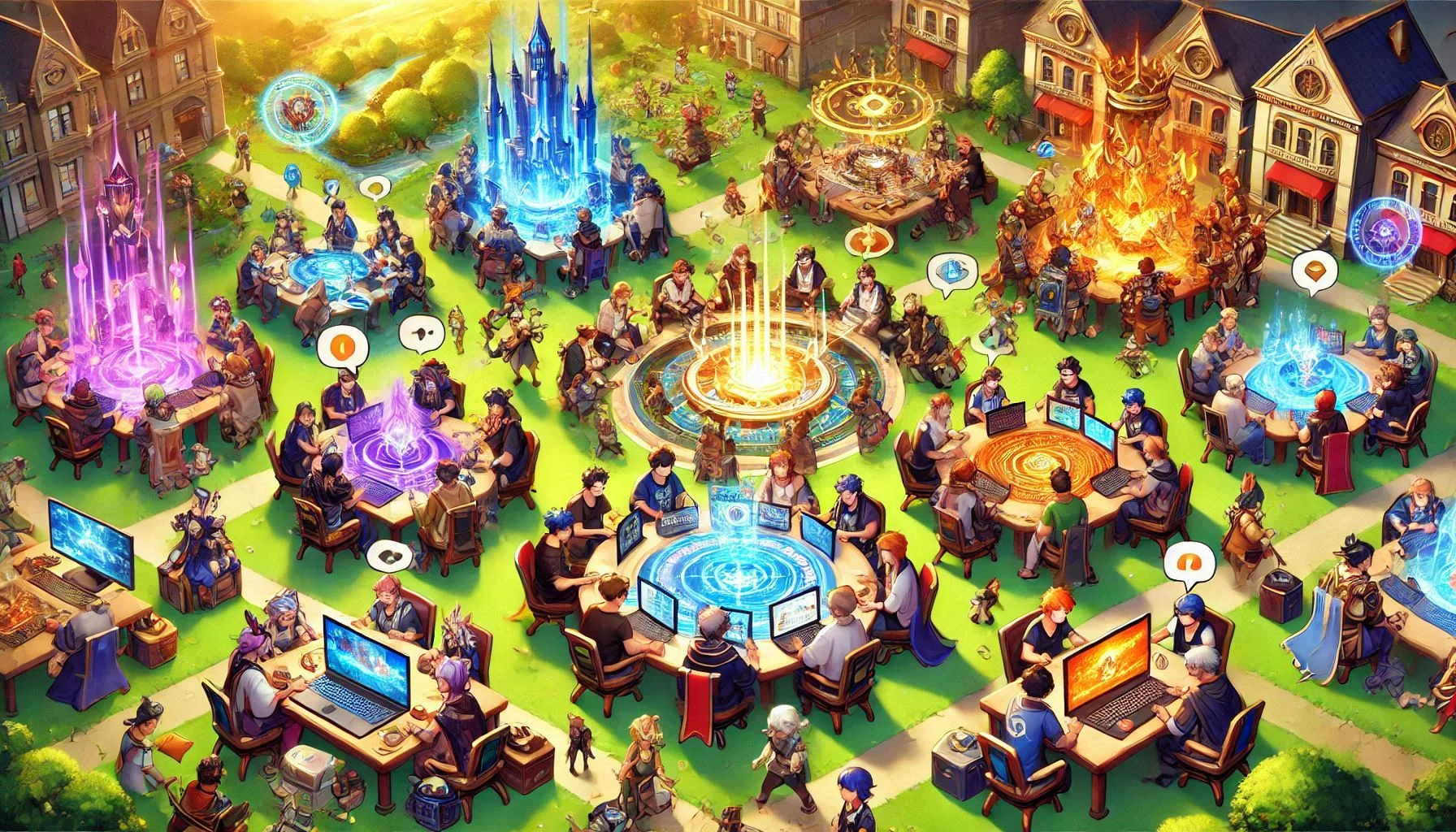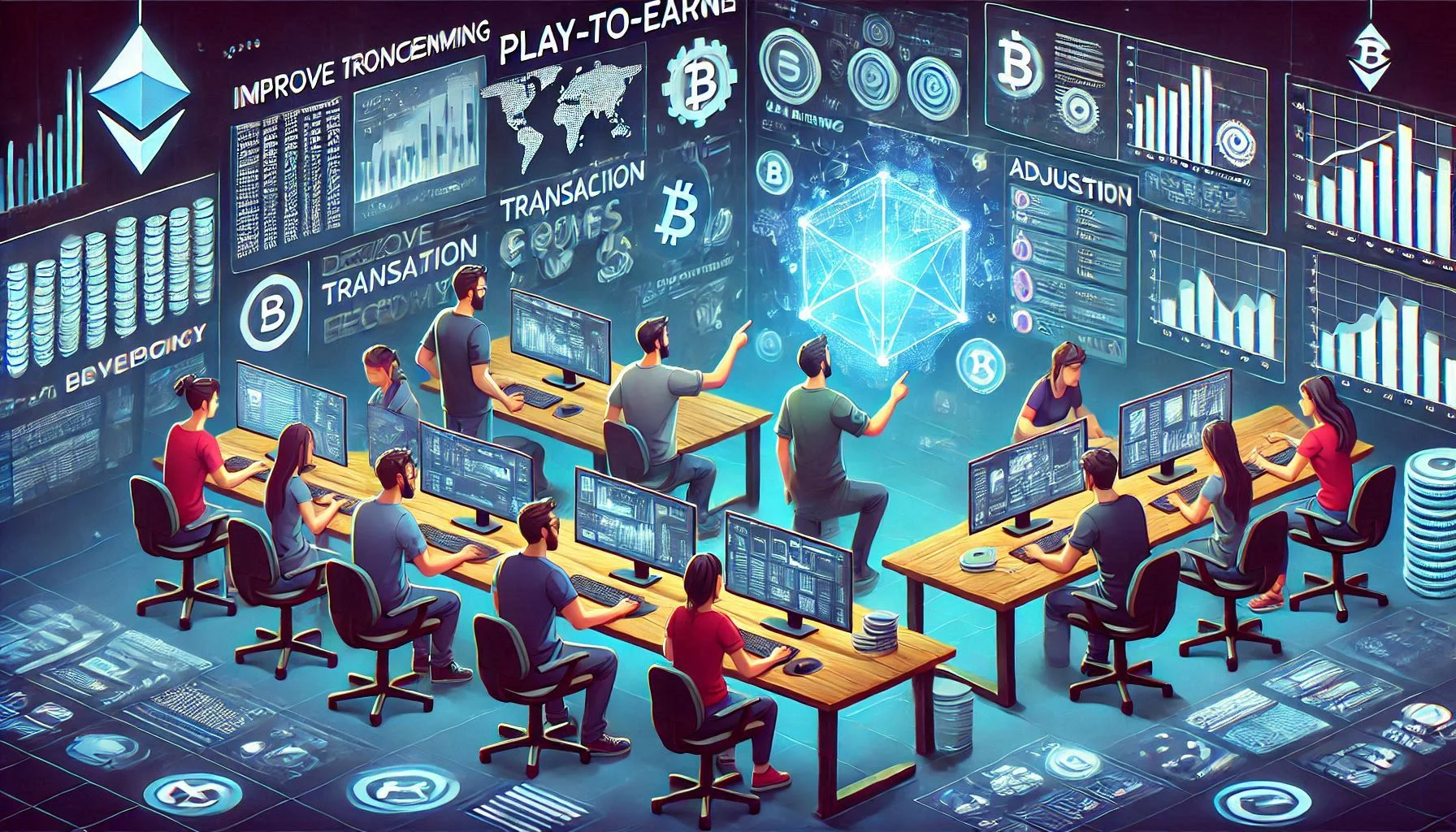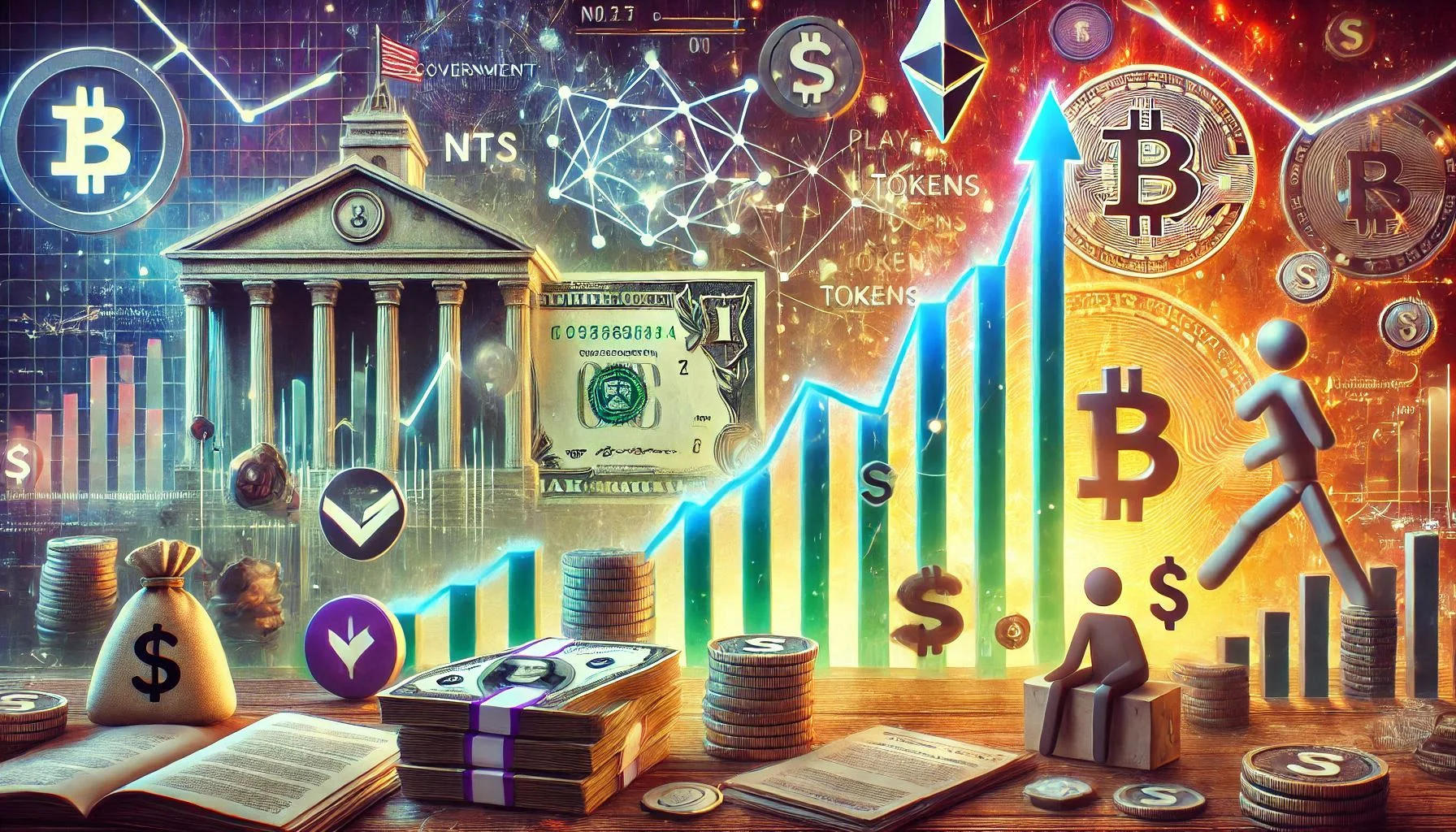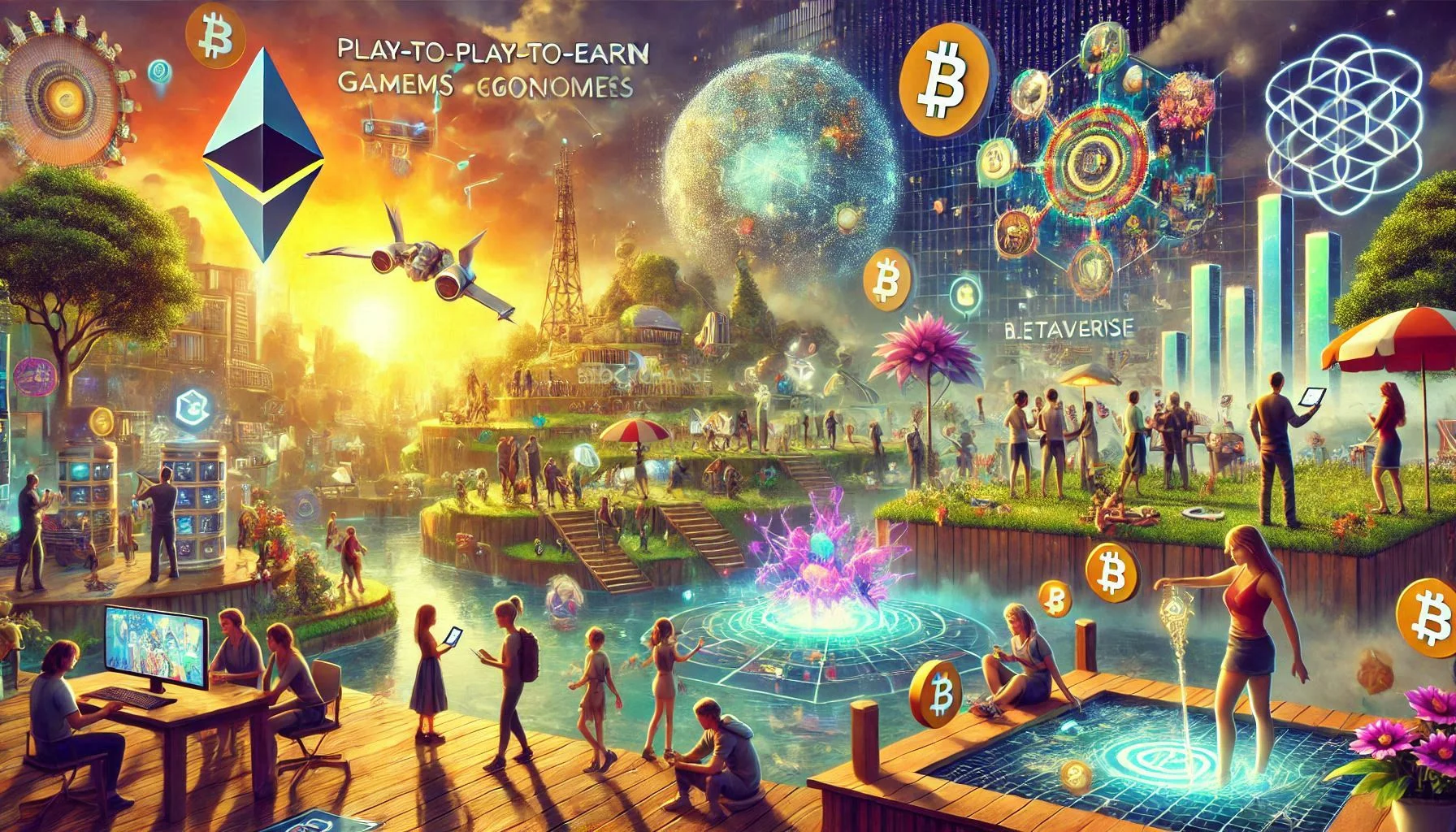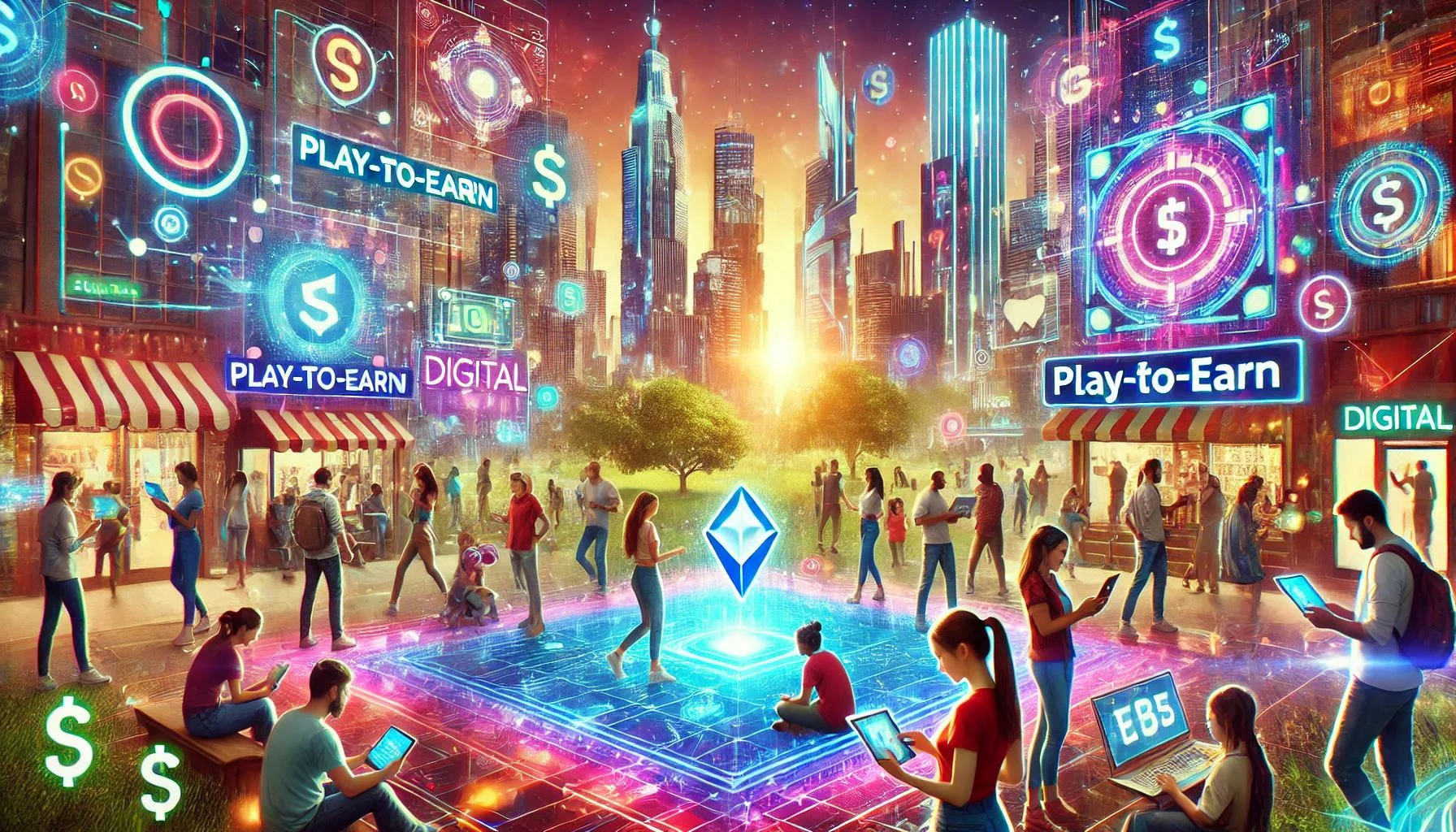Play-to-Earn (P2E) games, powered by blockchain technology, allow players to earn real-world rewards through gameplay, including cryptocurrency and digital assets. Popular titles like Axie Infinity, Decentraland, and The Sandbox offer players opportunities to trade, create content, and participate in decentralized economies. While P2E games provide financial opportunities and skill development, they also face challenges like high entry costs and market volatility. With the integration of the metaverse and increasing mainstream adoption, P2E gaming is reshaping the future of virtual economies and gaming itself.
